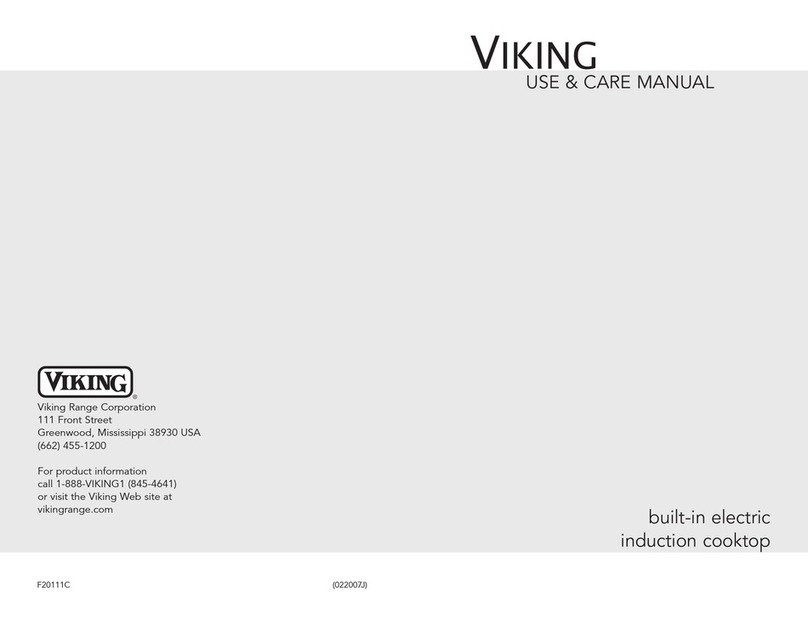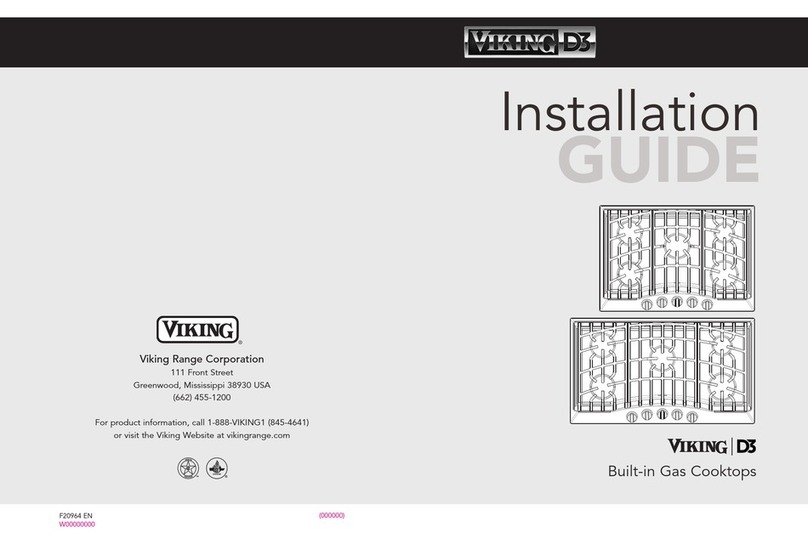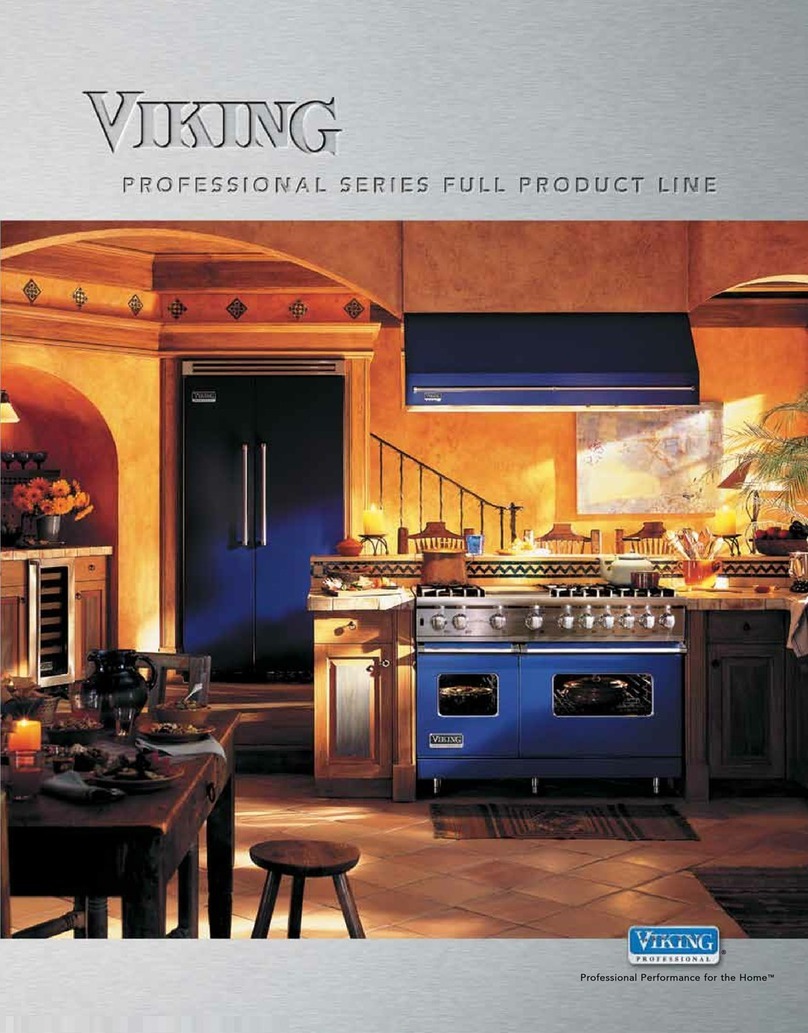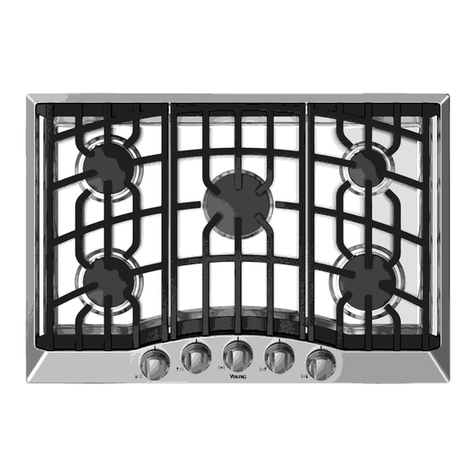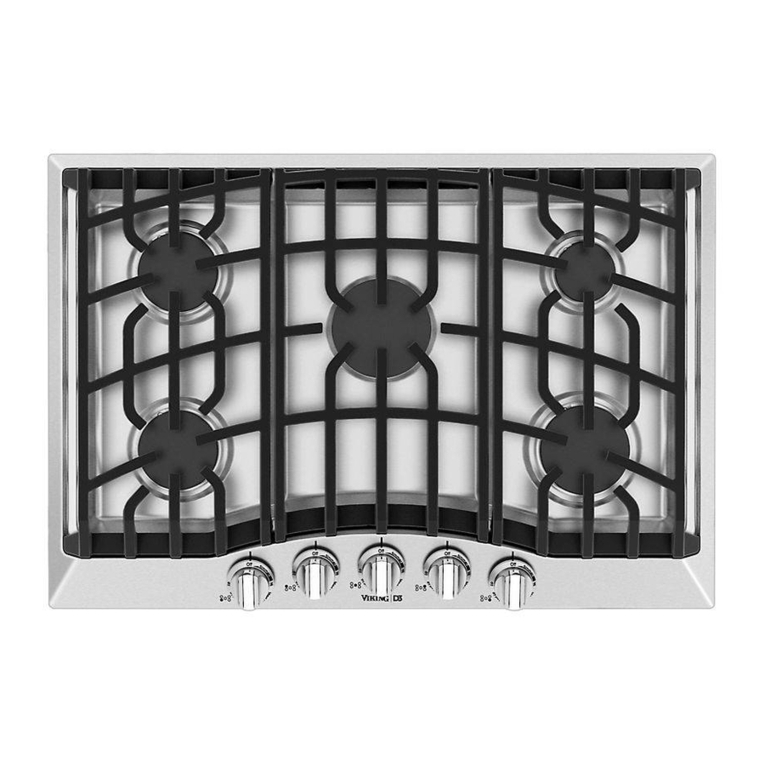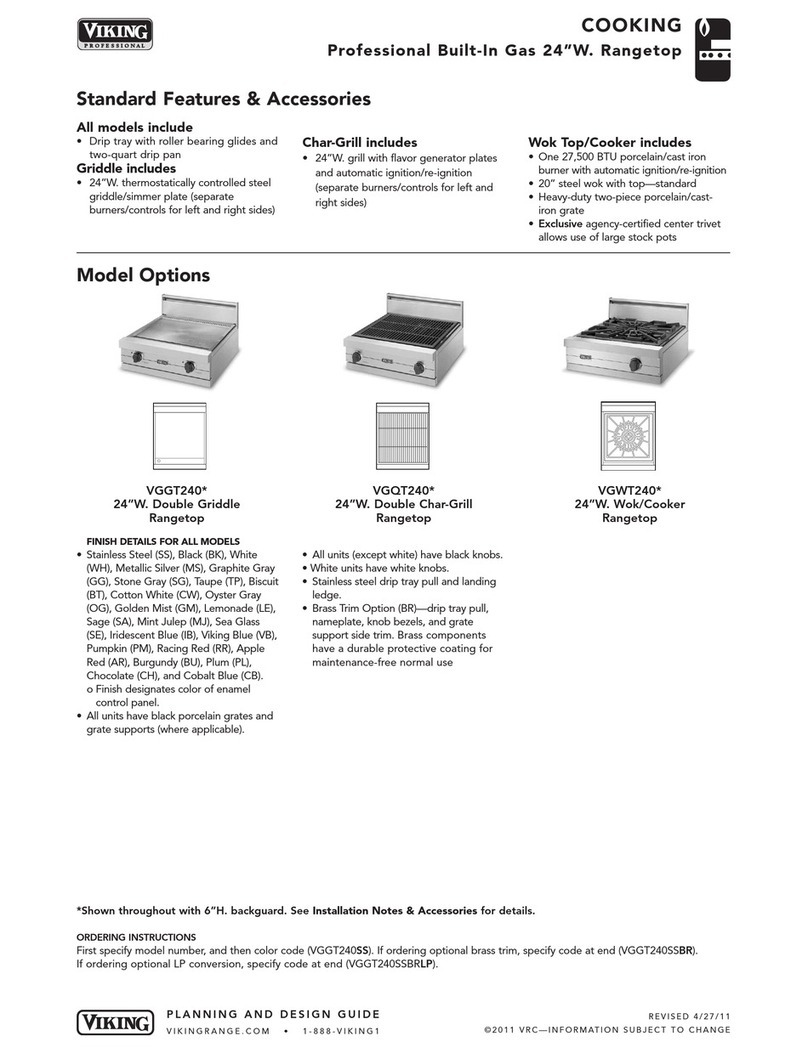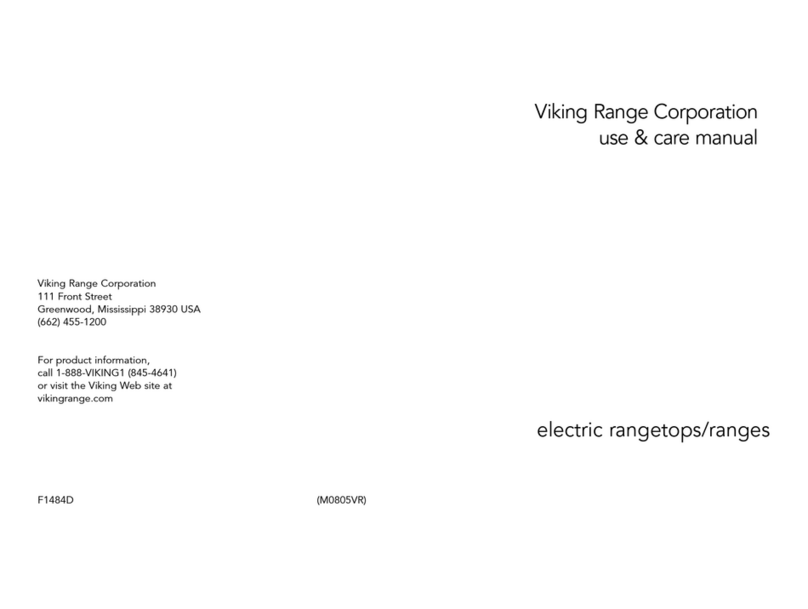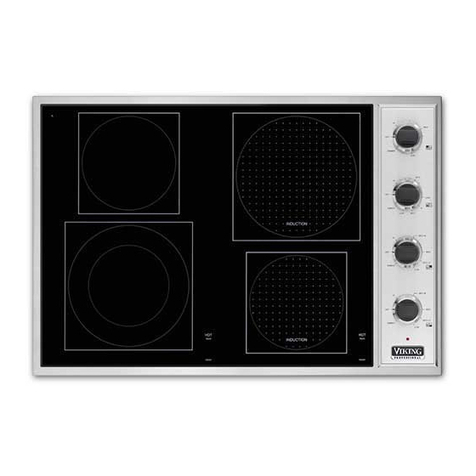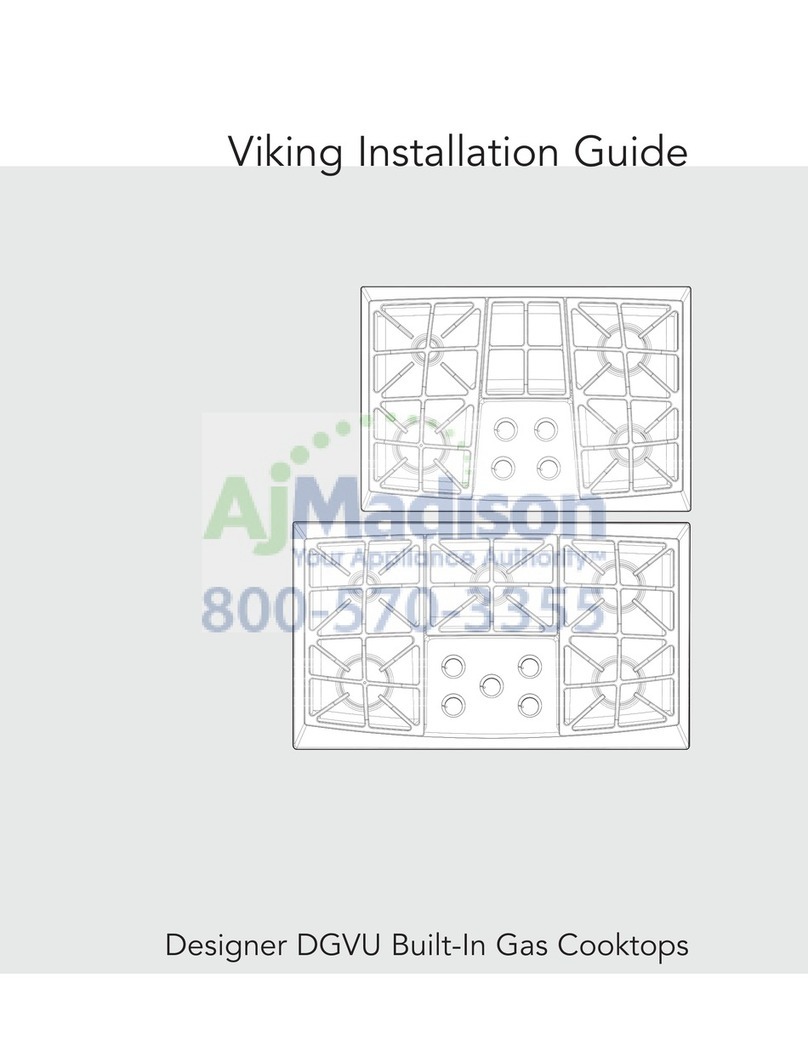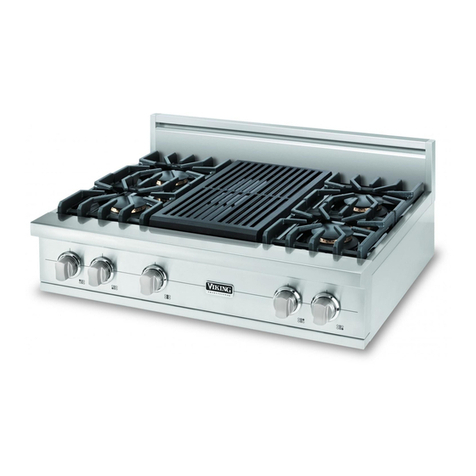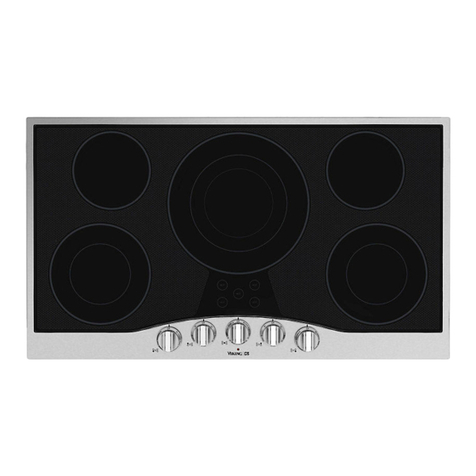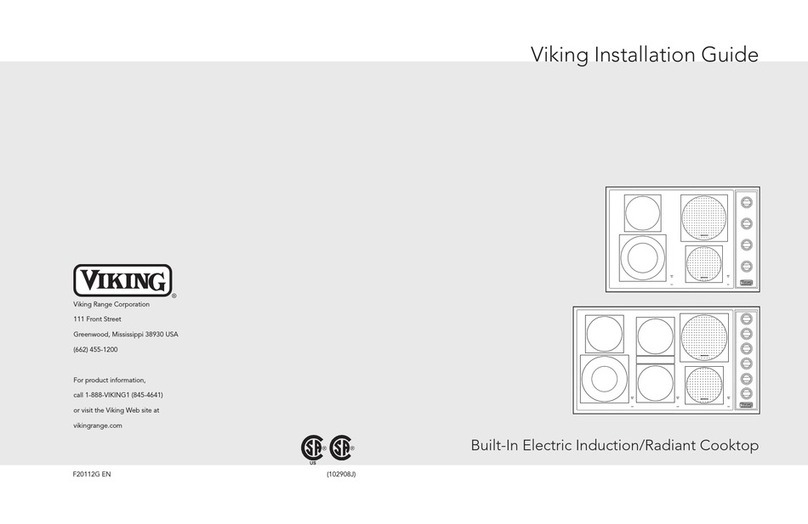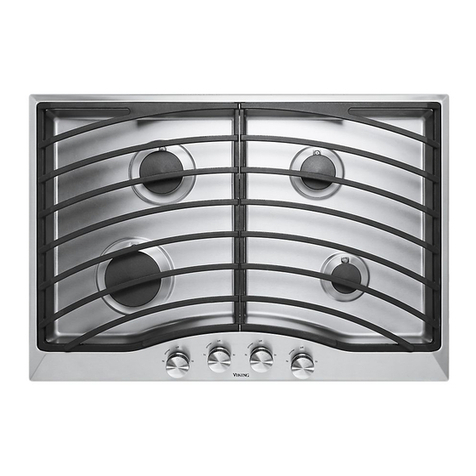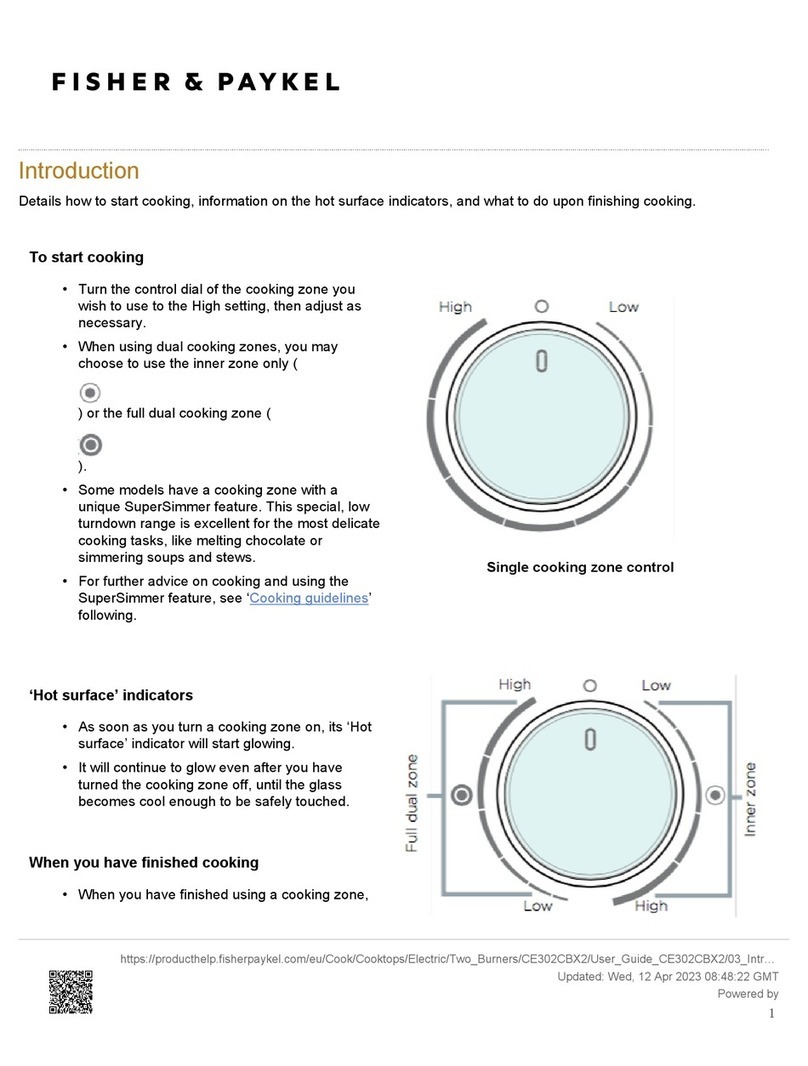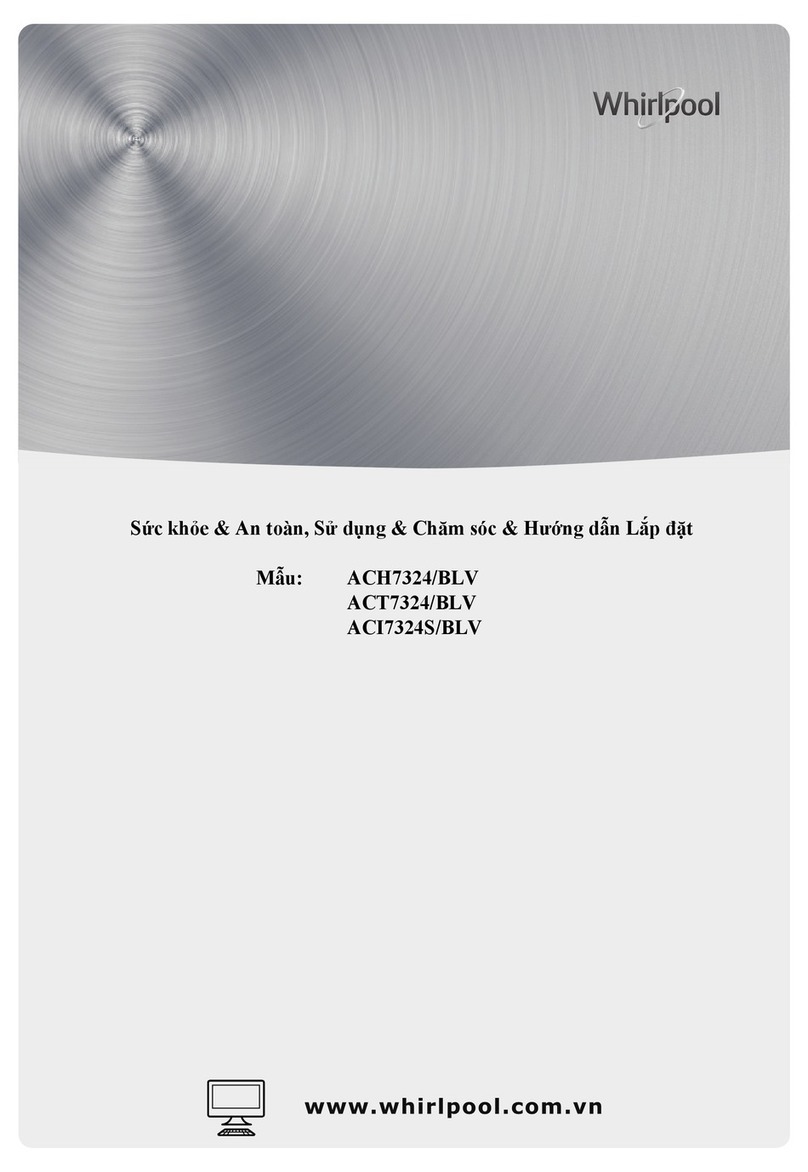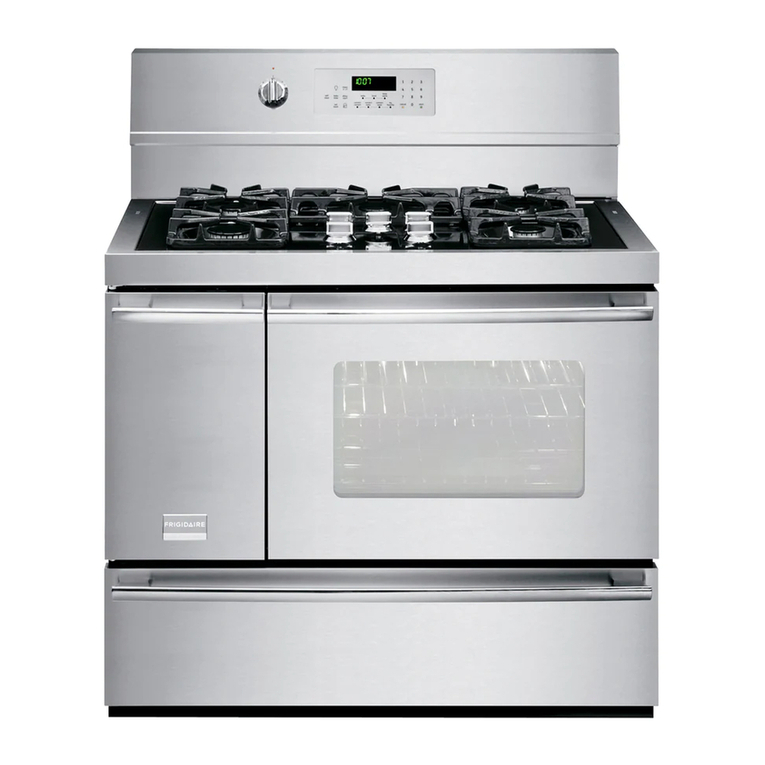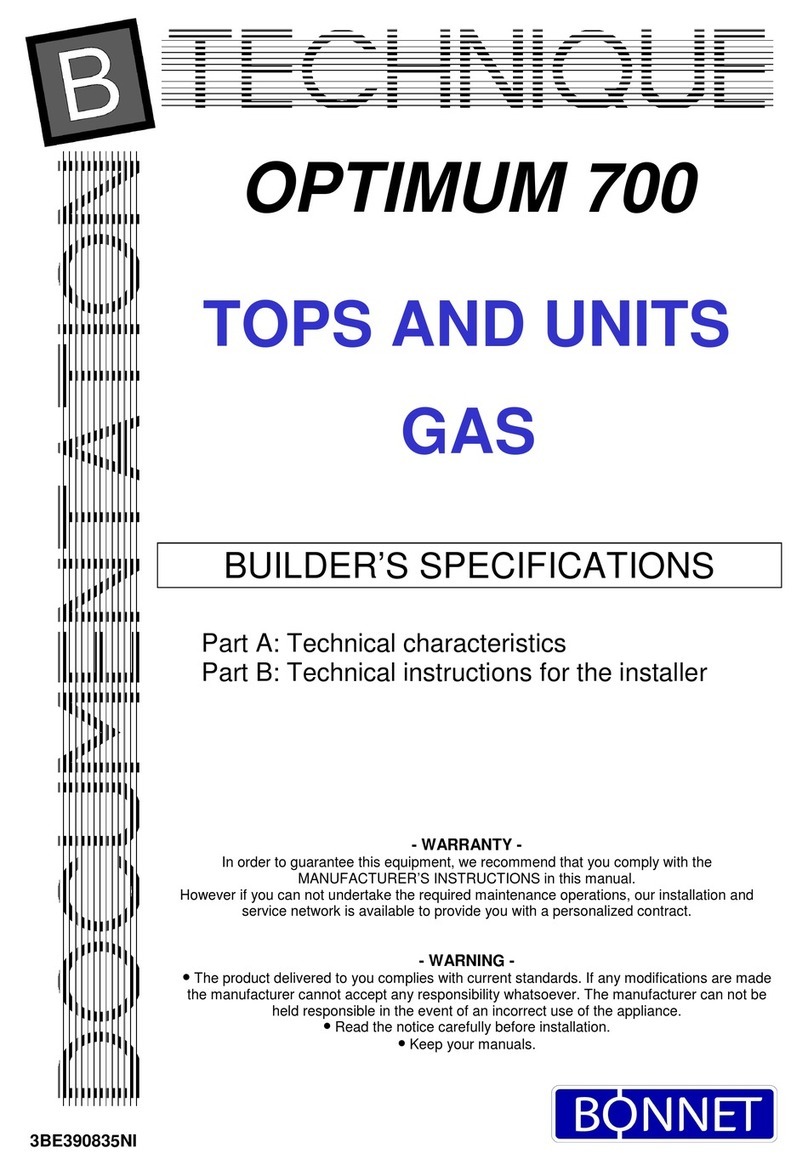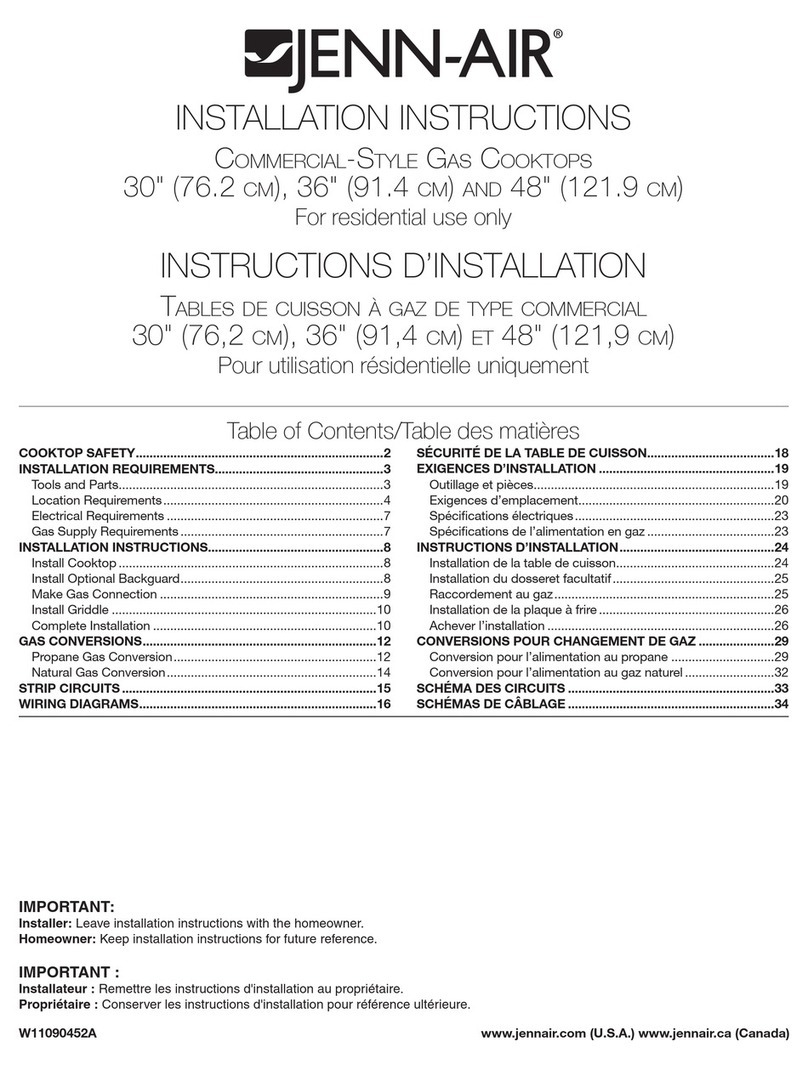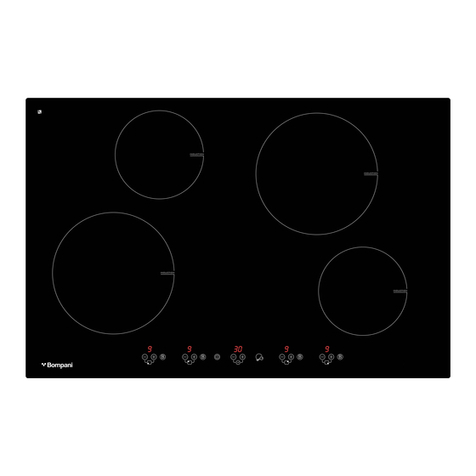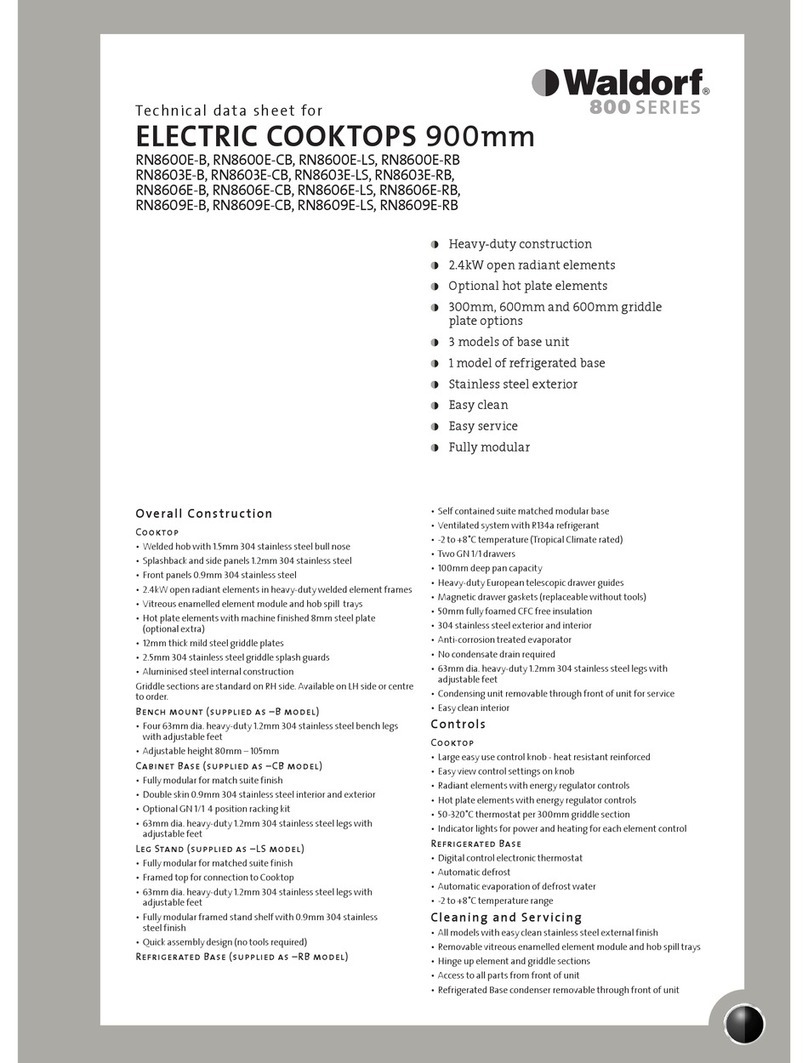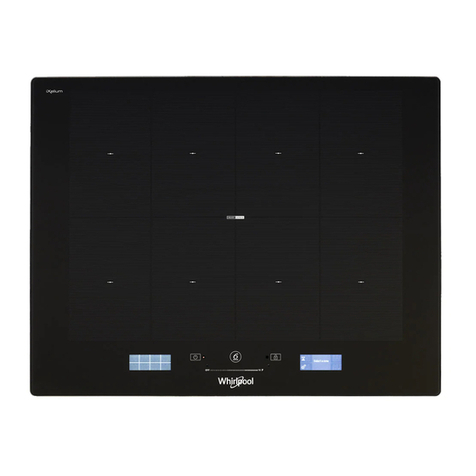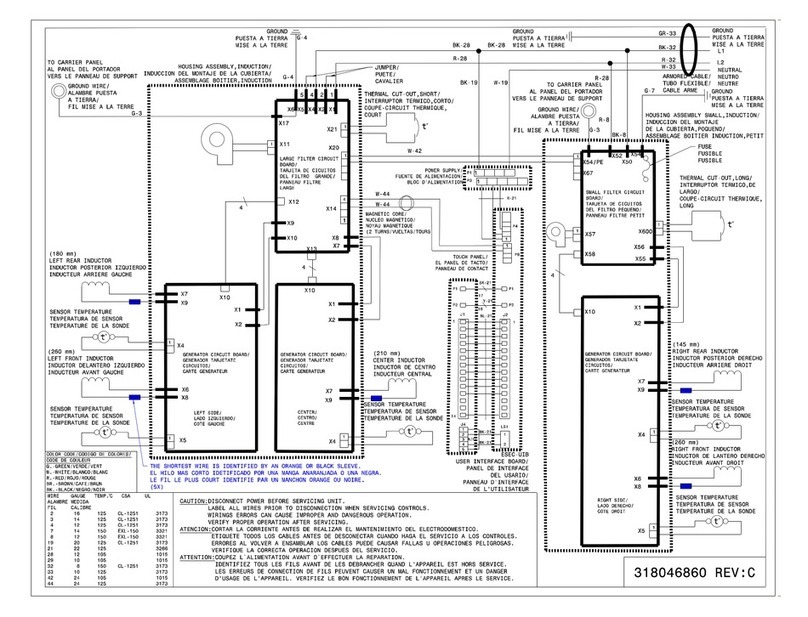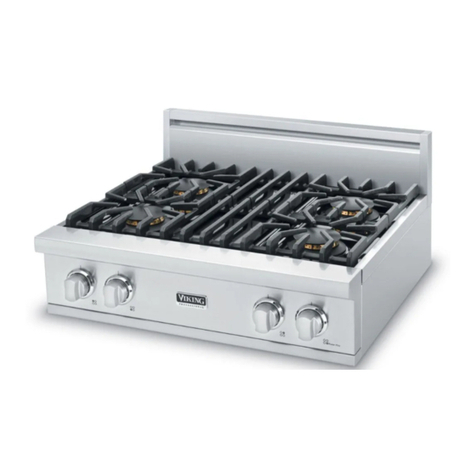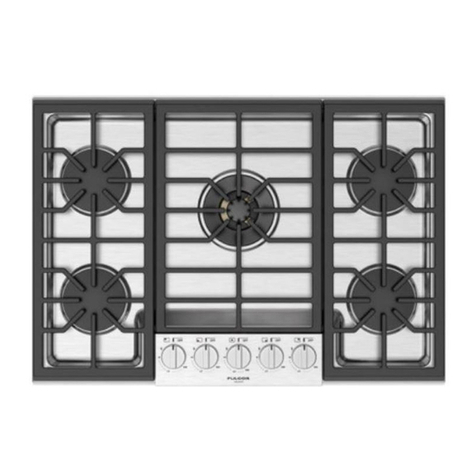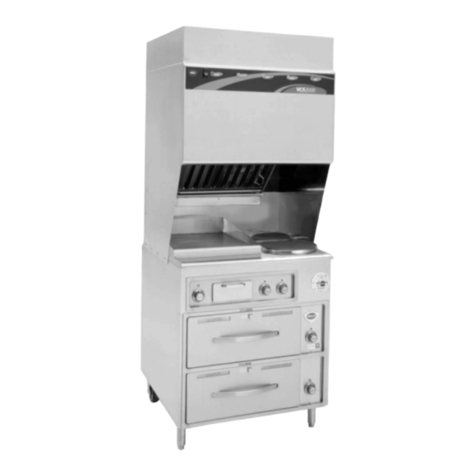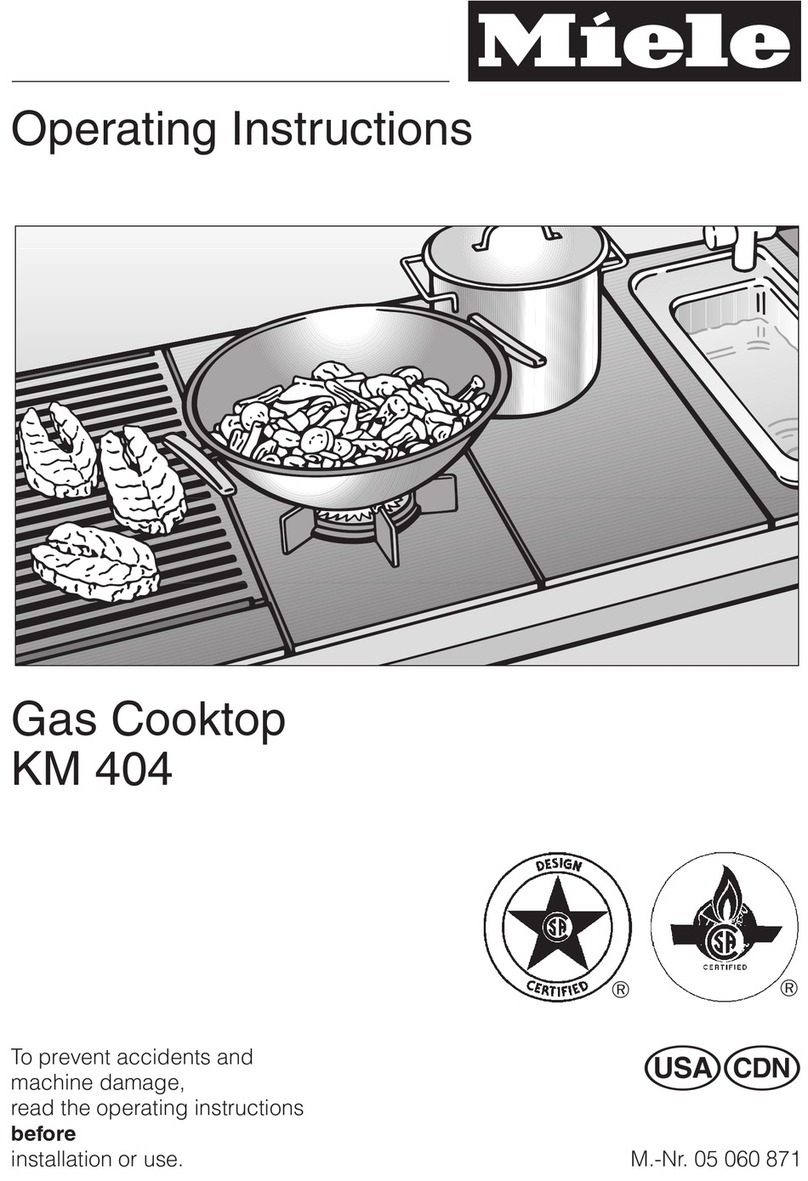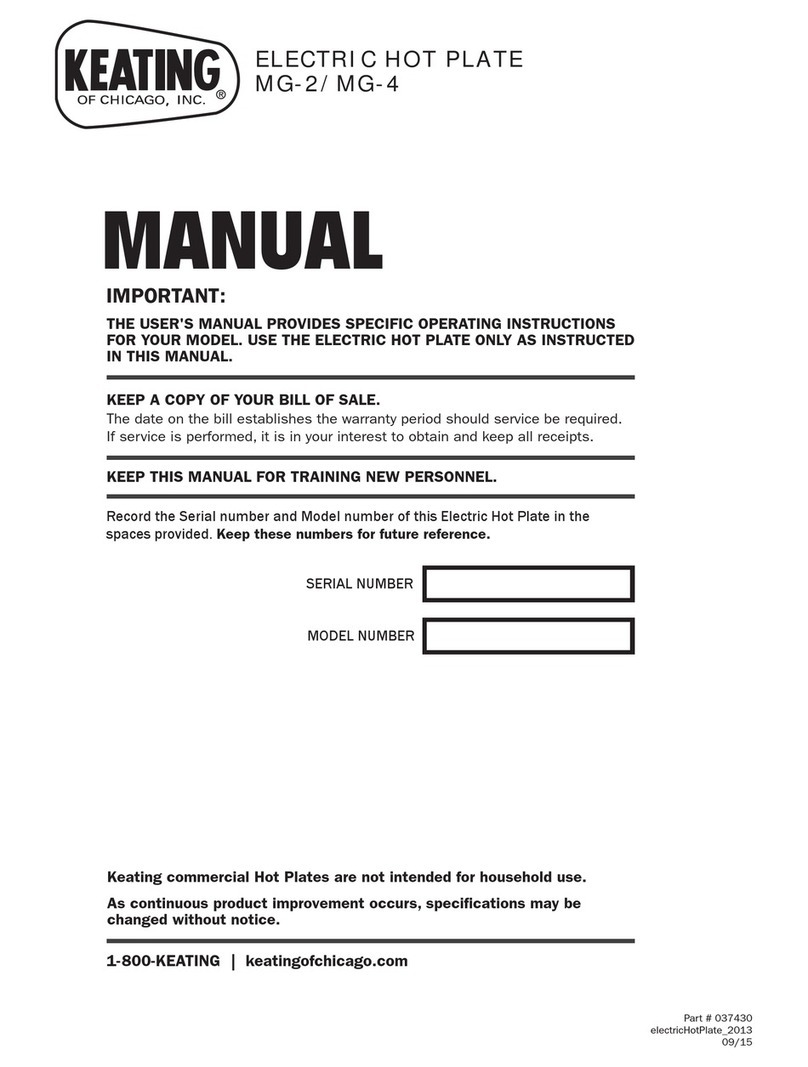7
Getting Started
6
Getting Started
Cooking Safety
•ALWAYS place a pan on a surface element before turning it on.
Be sure you know which knob controls which surface element. Make
sure the correct element is turne on. When cooking is complete ,
turn element off before removing pan.
•NEVER leave a surface cooking operation unatten e , especially
when using a high heat setting or when eep fat frying. Boil overs
cause smoking an greasy spillovers may ignite. Clean up greasy
spills as soon as possible. DO NOT use high heat for exten e
cooking operations.
•NEVER heat an unopene container on the surface element.
Pressure buil -up may cause container to burst resulting in serious
personal injury or amage to the appliance.
• Use ry, stur y pot hol ers. Damp pot hol ers may cause burns
from steam. Dishtowels or other substitutes shoul NEVER be use
as pot hol ers because they can trail across hot surface elements
an ignite or get caught on appliance parts.
•ALWAYS let quantities of hot fat use for eep fat frying cool
before attempting to move or han le.
•DO NOT let cooking grease or other flammable materials
accumulate in or near the appliance, hoo , or vent fan. Clean hoo
frequently to prevent grease from accumulating on hoo or filter.
When flaming foo s un er the hoo , TURN THE FAN OFF.
•NEVER wear garments ma e of flammable material or loose fitting
or long-sleeve apparel while cooking. Clothing may ignite or catch
on cookware han les.
•PREPARED FOOD WARNING: Follow foo manufacturer’s
instructions. If a plastic frozen foo container an /or its cover
istorts, warps, or is otherwise amage uring cooking,
imme iately iscar the foo an its container. The foo coul
be contaminate .
• If you are “flaming” liquor or other spirits un er an exhaust, TURN
THE FAN OFF. The raft coul cause the flames to sprea out of
control.
Cookware Safety
• Use pans with flat bottoms an han les that are easily graspe an
stay cool. Avoi using unstable, warpe , easily tippe or loose-
han le pans. Pans with heavy han les (especially small pans) coul
be unstable an tip easily. Pans that are heavy to move when fille
with foo may also be hazar ous.
• Be sure cookware is large enough to properly contain foo an
avoi boil overs. Pan size is particularly important in eep fat frying.
Pan shoul accommo ate the volume of foo that is to be a e
as well as the bubble action of fat.
IMPORTANT– Please Rea an Follow IMPORTANT– Please Rea an Follow
• To minimize burns, ignition of flammable materials an spillage ue
to unintentional contact with the cookware, DO NOT exten
han les over a jacent burners. ALWAYS turn pan han les towar
the si e or back of the appliance, not out into the room where they
are easily hit or reache by chil ren.
•NEVER let a pan boil ry as this coul amage the cookware an
the appliance.
• This appliance has been teste for safe performance using
conventional cookware. DO NOT use any evices or accessories
that are not specifically recommen e in this gui e. DO NOT use
eyeli covers for the surface units. The use of evices or accessories
that are not expressly recommen e in this manual can create
serious safety hazar s, result in performance problems, an re uce
the life of the components of the appliance.
• Use proper pan material. Refer to “Before Using Cooktop” section
for recommen e cookware. Proper relationship of cookware to
surface unit will also improve efficiency.
Heating Elements and Glass Ceramic Cooking Surfaces
•NEVER touch the glass surface areas irectly on or a jacent to the
heating elements when the cooktop is in use.
• Heating elements may be hot even though they are ark in color.
Areas near elements may be hot enough to cause burns.
• During an after use, DO NOT touch or let clothing or other
flammable material contact surface of cooktop or areas near
heating elements, until they have ha sufficient time to cool.
•DO NOT COOK ON BROKEN COOKING SURFACE. If cooking
surface shoul break, cleaning solutions an spillovers may
penetrate the broken cooking surface an create a risk of electric
shock. Contact a qualifie technician imme iately.
Cleaning Safety
• Turn off all controls an wait for appliance parts to cool before
touching or cleaning them. DO NOT touch the surface elements or
surroun ing areas until they have ha sufficient time to cool.
• Clean appliance with caution. Use care to avoi steam burns if a
wet sponge or cloth is use to wipe spills on a hot surface. Some
cleaners can pro uce noxious fumes if applie to a hot surface.
